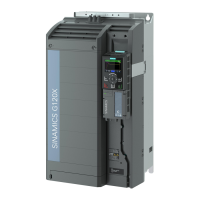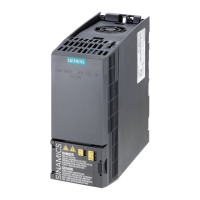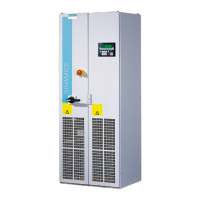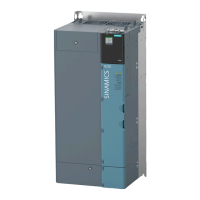Cable routing inside the cabinet
● Route the power cables with a high level of interference so that there is a minimum
clearance of 25 cm to cables with a low level of interference.
If the minimum clearance of 25 cm is not possible, insert separating metal sheets between
the cables with a high level of interference and cables with a low level of interference.
Connect these separating metal sheets to the mounting plate to establish a good electrical
connection.
● Cables with a high level of interference and cables with a low level of interference may only
cross over at right angles:
● Keep all of the cables as short as possible.
● Route all of the cables close to the mounting plates or cabinet frames.
● Route signal and data cables - as well as the associated equipotential bonding cables -
parallel and close to one another.
● Twist incoming and outgoing unshielded individual conductors.
Alternatively, you can route incoming and outgoing conductors in parallel, but close to one
another.
● Ground any unused conductors of signal and data cables at both ends.
● Signal and data cables must only enter the cabinet from one side, e.g. from below.
● Using shielded cables for the following connections:
– Cable between the converter and line filter
– Cable between the converter and output reactor
0RXQWLQJSODWH
6KLHOGVXSSRUW
)XVHVVZLWFKHVDQG
FRQWDFWRUV
/LQHILOWHU
,QYHUWHU
&RQQHFWVKLHOG
(OHFWULFDOO\
FRQGXFWLYH
FRQQHFWLRQV
WKURXJKDODUJH
VXUIDFHDUHD
&RQQHFWVKLHOG
&RQQHFWVKLHOG
2XWSXWUHDFWRU
&RQWUROFDELQHW
Figure 3-3 Routing converter cables inside and outside a control cabinet
Mounting
3.1 EMC-compliant setup of the machine or plant
SINAMICS G120XA converter
42 Operating Instructions, 03/2019, FW V1.0, A5E44751205B AB
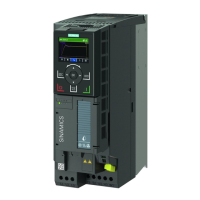
